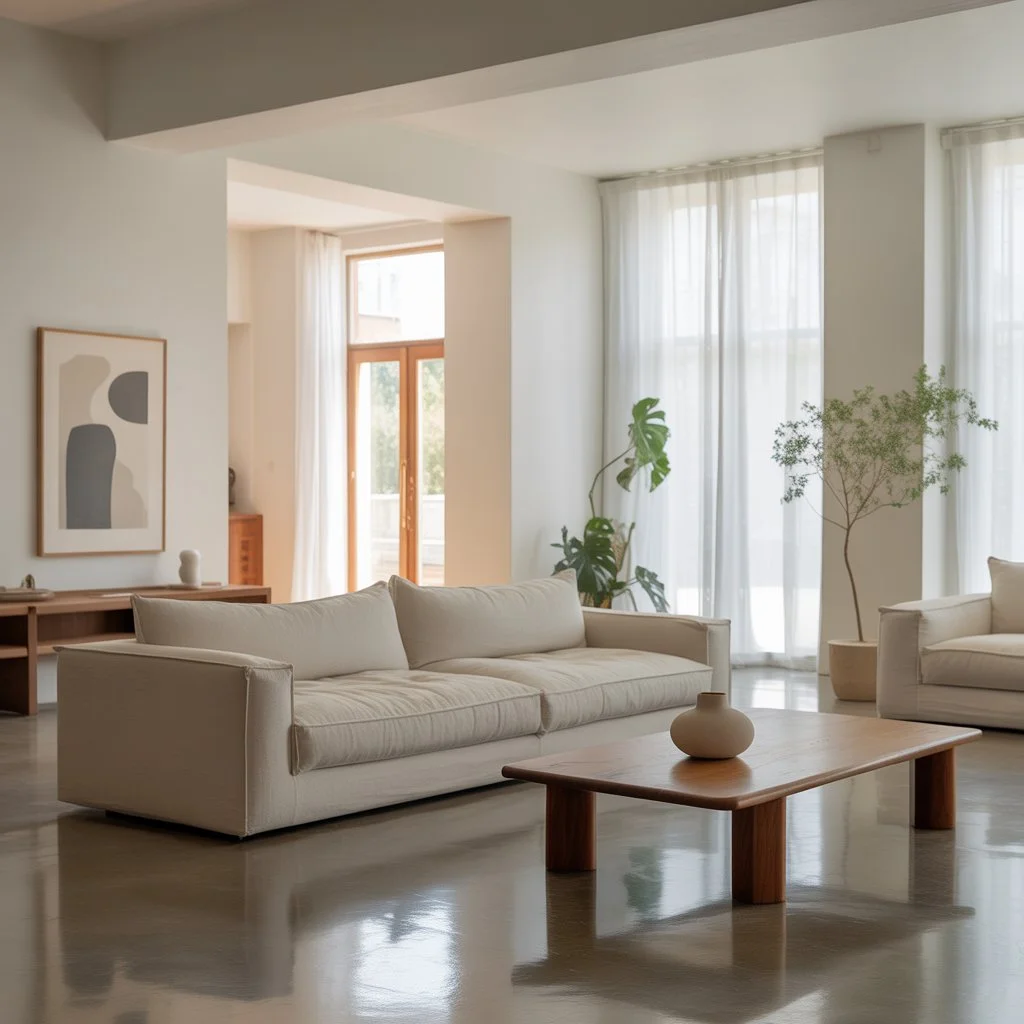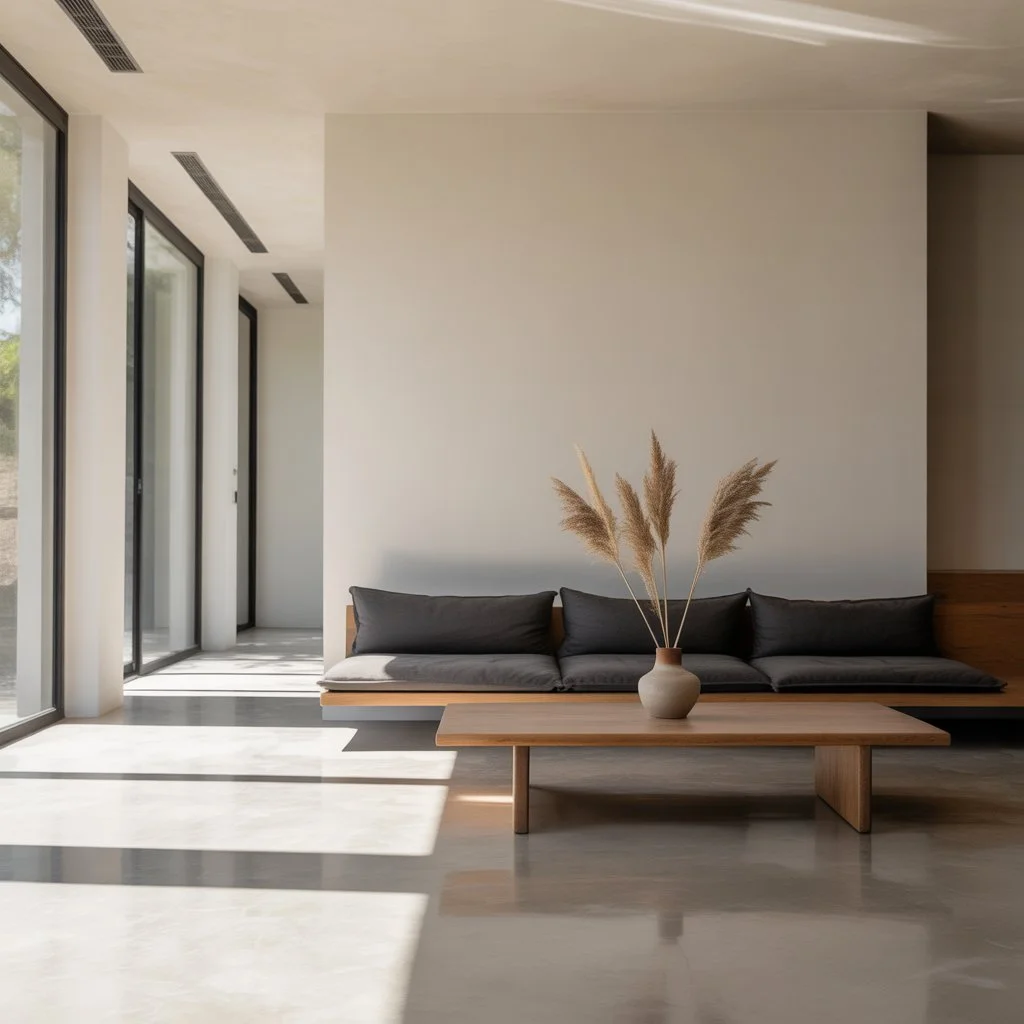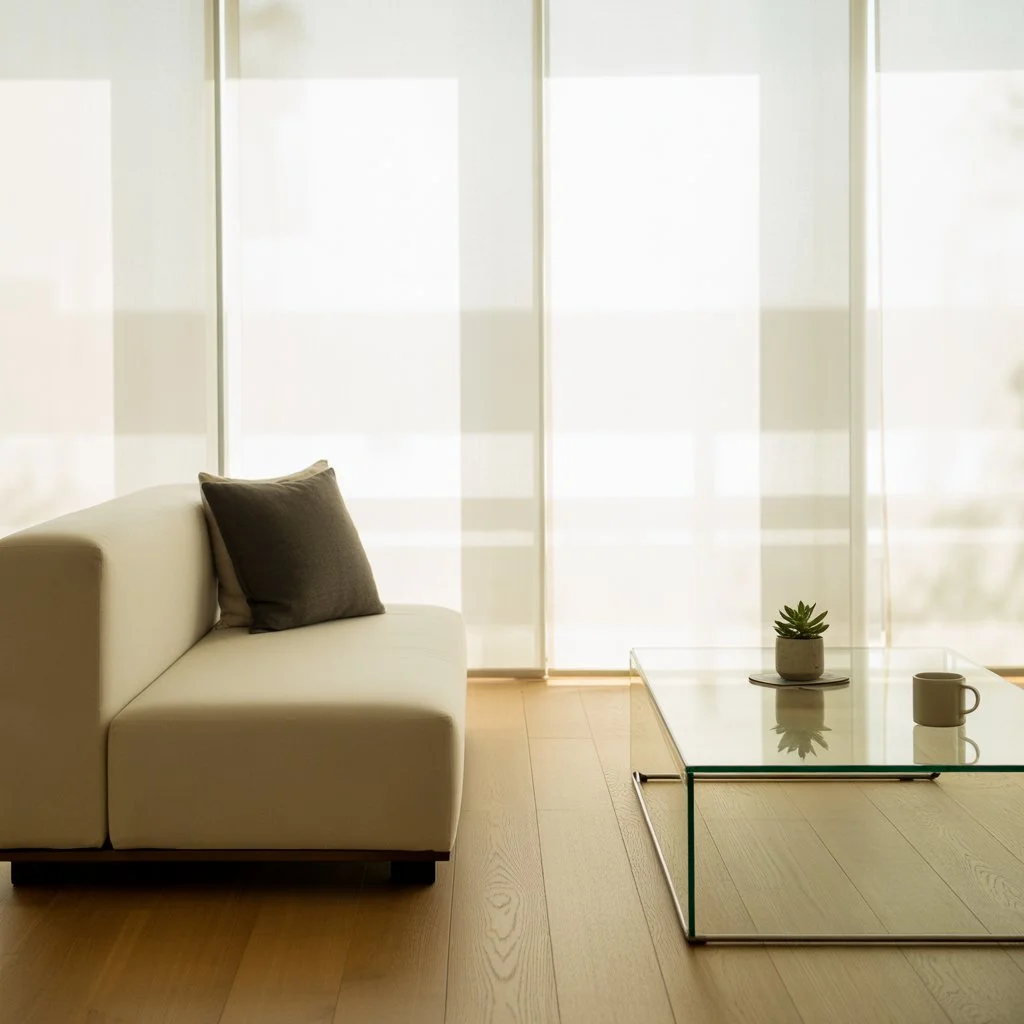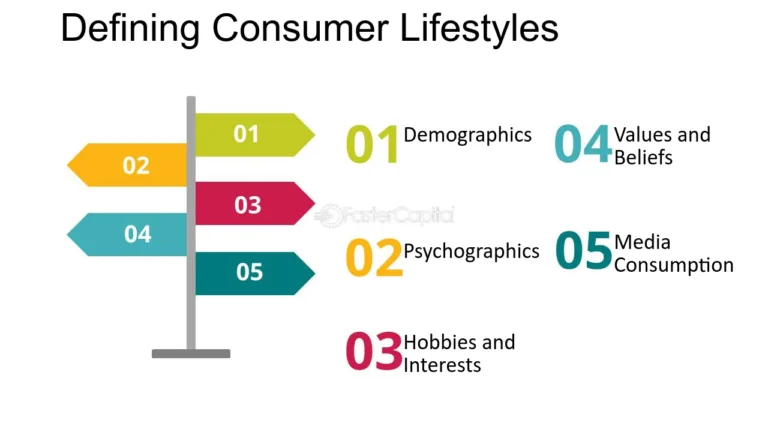Minimalist Home Lifestyle: A Complete Guide to Living with Less in 2025

Living a minimalist home lifestyle isn’t about owning almost nothing—it’s about creating a space that feels calm, intentional, and aligned with the life you actually want. In a world full of visual clutter, constant buying, and overstimulation, adopting minimalism gives your home (and mind) room to breathe. Whether you’re a complete beginner or someone refining their space, minimalism offers clarity, comfort, and a sense of peace that traditional homes often struggle to provide.
In 2025, minimalism has shifted from a trend to a sustainable lifestyle movement focused on simple living, living with less, and building a clutter-free home that supports your well-being.
What Is a Minimalist Home Lifestyle?

A minimalist home lifestyle is built around intentionally choosing what stays in your space and what doesn’t. It’s rooted in simple living, mindfulness, and keeping only what adds value to your daily life. Minimalism helps remove unnecessary distractions—visual clutter, excessive furniture, emotional clutter—and makes room for clarity, ease, and peace.
Minimalism doesn’t demand an empty home. Instead, it encourages you to design a space that feels lighter, calmer, and functional, where every piece has purpose.
Benefits of Living a Minimalist Home Lifestyle
Reduced Stress & Visual Calm
A minimalist home cuts down visual clutter, keeping clear floors, open surfaces, and fewer distractions. When your home isn’t overflowing with stuff, your mind stops feeling overstimulated.
More Space & Better Functionality
By focusing on essential furniture and intentional layouts, you open up your living space. Rooms become easier to move through and more enjoyable to spend time in.
Financial Savings & Conscious Spending
Minimalism naturally encourages mindful purchasing. As impulse shopping fades, you save money, avoid clutter, and buy items that truly last.
A Cleaner, Healthier Home Environment
Fewer objects = less dust, easier cleaning, and a healthier environment. Minimalist homes are known for effortless upkeep and breathable spaces.
How to Start a Minimalist Home (Beginner-Friendly Steps)
Step 1 — Declutter One Room at a Time
Choose one area (a drawer, a shelf, a corner) and create a clutter-free zone. Small wins matter.
Step 2 — Apply the 4-Box Method
Label boxes: donate, sell, recycle, garbage.
This prevents decision fatigue and speeds up decluttering.
Step 3 — Reduce Excess Furniture & Decor
Look for items that take up space but offer little function. Removing them reduces visual noise and instantly calms the room.
Step 4 — Clear Flat Surfaces & Floors
Minimalist homes keep clear counters, tidy shelves, and open floors. It creates breathing space and reduces stress.
Step 5 — Use the One-In One-Out Rule
Bring something in? Remove something old.
This keeps fewer belongings from slowly becoming clutter again.
Minimalist Design Principles for a Calm Home

Choose Neutral Colors & Natural Materials
Minimalism thrives on warm neutrals, soft whites, and organic textures like wood, linen, and lightweight fabrics.
Embrace Zen Minimalism (Inspired by Japanese Homes)
Zen minimalism blends simplicity with mindfulness—think open layouts, natural elements, and purposeful objects, echoing traditional Japanese home design.
Opt for Multi-Functional Furniture
Look for pieces with storage solutions, hidden compartments, and dual functionality. A minimalist home should feel spacious, not sparse.
Decluttering Strategies From A to Z
Minimalism becomes easier with systems:
- A to Z Decluttering: Tackle categories alphabetically to avoid overwhelm
- 4-Box Method: Donate / Sell / Recycle / Keep
- 10-Minute Declutter: A daily quick reset
- Habit Stacking: Pair cleaning with something you already do
- Digital Minimalism: Clear your emails, files, apps, and notifications
These methods help maintain consistency and prevent old clutter habits from creeping back in.
Minimalist Organization Tips for Every Room
Living Room Minimalism
Keep clean floors, fewer decor pieces, and an intentional layout. The room should feel open and calm.
Kitchen Minimalism
Maintain clear counters, reduce duplicate cookware, adopt a capsule kitchen, and organize your pantry by use.
Bedroom Minimalism
Turn your room into a peaceful retreat using decluttered closets, under-bed storage, and warm neutral colors.
Bathroom Minimalism
Stick to essential products, simple containers, and easy-clean surfaces.
Cozy Minimalism: Warmth Without the Clutter
Minimalism doesn’t have to feel cold. Cozy minimalism blends simplicity with warmth using soft textures, warm neutrals, and functional decor. The space feels lived-in, inviting, and calming—without the mess.
Sustainable Minimalist Home (Eco-Friendly Ideas)
Minimalism supports sustainability through:
- reusable items
- second-hand shopping
- repair instead of replace
- sustainable materials (bamboo, linen, natural woods)
- low-waste lifestyle practices
This reduces environmental impact and simplifies your home.
Common Mistakes Beginners Make (And How to Avoid Them)
- Over-decluttering (don’t get rid of things you need)
- Buying new items to “look minimalist”
- Perfectionism (minimalism is a journey, not a rulebook)
- Emotional clutter avoidance (handle sentimental items last)
Minimalism is personal—move at your own pace.
Minimalist Home Lifestyle for Families With Kids
Minimalism is possible with children. Use:
- toy rotation systems
- kid-friendly storage bins
- family routines
- low-maintenance systems
Kids thrive in structured, clutter-free spaces too.
Digital Minimalism at Home
Digital clutter causes as much stress as physical clutter. Try:
- reducing notifications
- organizing digital files
- deleting unused apps
- inbox decluttering
- screen-free zones at home
A minimalist digital life supports clearer thinking.
Minimalist Home Checklist
A perfect downloadable section (optional):
Daily
- Reset surfaces
- Return items to their homes
Weekly
- 10-minute decluttering
- Laundry system reset
Monthly
- One-in one-out review
- Donation drop-off
- Closet refresh
FAQs
Do I need to get rid of everything to be a minimalist?
No — minimalism is about intentional choices, not empty spaces.
How do I start if I feel overwhelmed?
Begin with one room or even one drawer.
Is minimalism expensive?
No — minimalism saves money long-term.
What’s the difference between decluttering and minimalism?
Decluttering is removing items; minimalism is a long-term lifestyle.
Can families live minimally?
Absolutely — systems and routines make it manageable.
Final Thoughts: Creating a Minimalist Home That Lasts
Minimalism is more than a design aesthetic — it’s a lifestyle that brings calm, clarity, and intention into your home. When you choose simple living, slow down, and embrace mindful habits, your home becomes a peaceful extension of the life you want to live. Start small, stay intentional, and allow your space to evolve toward a clutter-free life.






